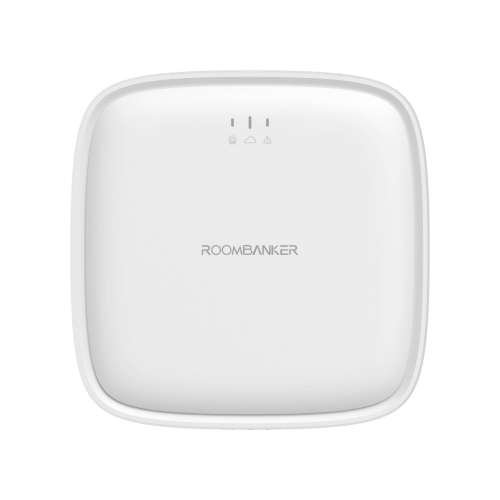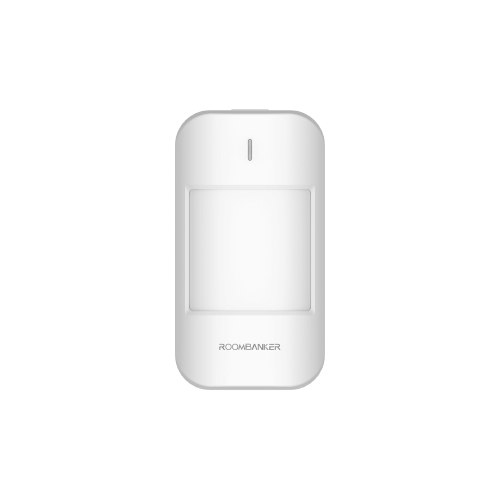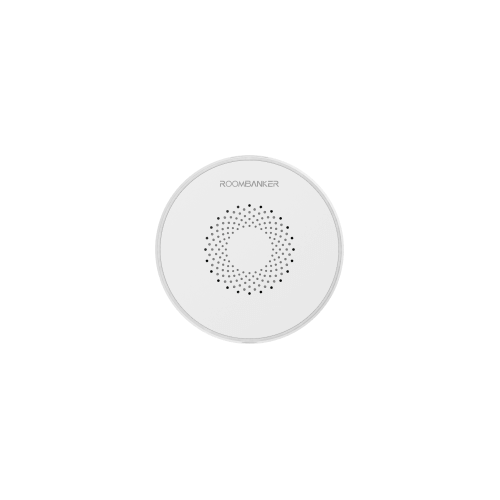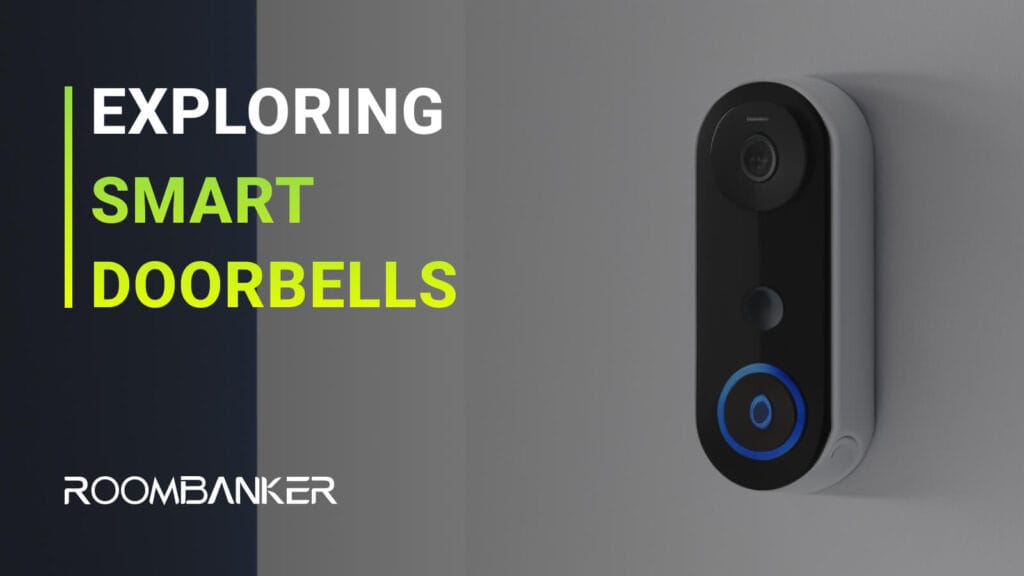
RBF Protocol
Connecting Your Space in RBF Way
What is RBF Protocol?
Developed independently by Roombanker, RBF is a two-way radio protocol that is simple, reliable, and highly scalable. It offers excellent performance in remote functions, low power consumption, and high-security data transmission. It can be flexibly adapted to various operating systems such as RTOS and OpenWRT. RBF provides a reliable solution for seamless interaction between the Home Security Hub and wireless peripheral devices in the entire professional wireless security alarm system.
Kilometer-level Two-way Wireless Communication
The RBF protocol enables the extensive range of up to 3500m, effortlessly covering various scenarios such as apartments, villas, retail stores, and more.
Vast Coverage
The RBF protocol is built upon the Sub-1GHz spectrum and leverages advanced FSK/DSSS modulation technology to achieve wireless communication with an impressive range of up to 3500 meters.
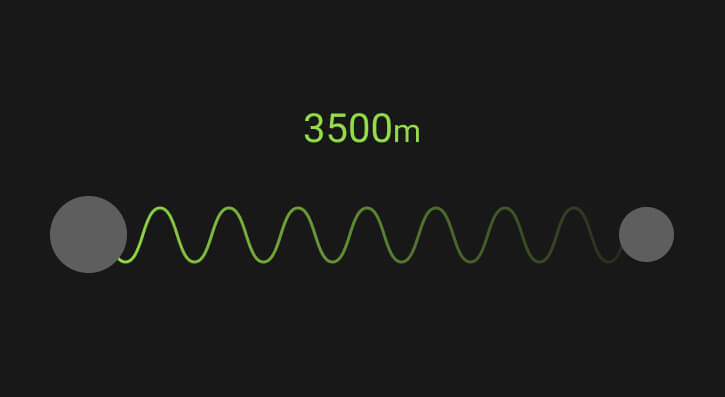
Omnidirectional Antenna
The balanced signal strength in all directions provides wider coverage and can resist signal loss caused by obstacles in the transmission path, effortlessly covering complex scenarios.

Two-way Wireless Communication
The RBF protocol enables bi-directional data transmission between the Home Security Hub and various peripherals, facilitating more complex control requirements while ensuring reliable real-time data interaction.
Automatic Signal Adjustment
Devices with RBF technology can adjust RF transmission power based on signal strength, resulting in lower power consumption, extended battery life, and reduced frequency of battery replacement.
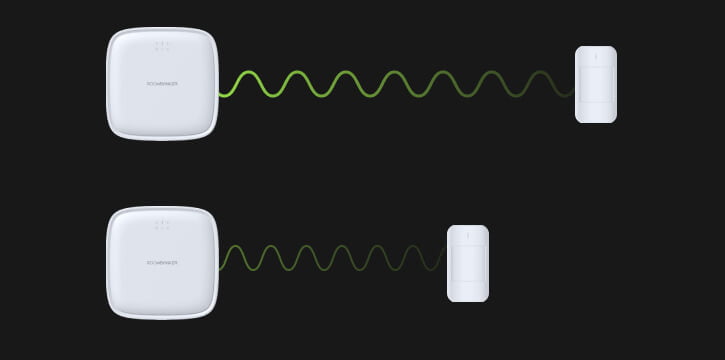
Stable, Secure and Solid Data Transmission
TDMA (Time Division Multiple Access Technology)
In RBF wireless system, peripherals’ working time and wake-up intervals follow strict rules. Peripherals are allowed to alarm only during designated time slots for reporting. All devices synchronize their reporting activities to their respective time slots, thereby minimizing internal system interference.
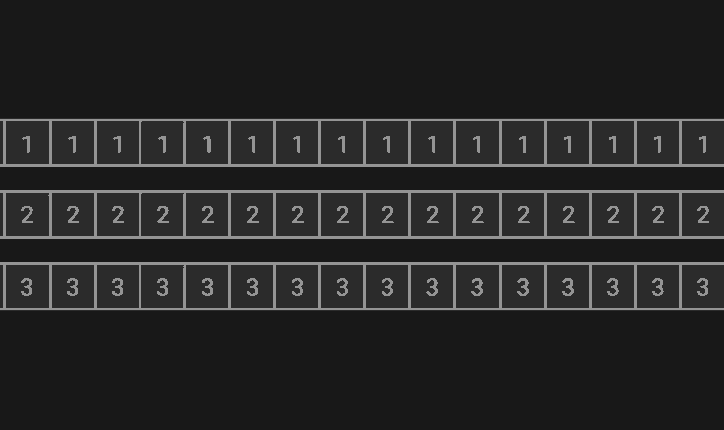
LBT (Listen Before Talk)
When multiple alarm events are triggered simultaneously, each peripheral will activates the LBT mechanism to checks if the current channel is busy, and either hops to a different frequency or waits for the channel to become idle before transmitting the signal, preventing channel congestion and data loss.
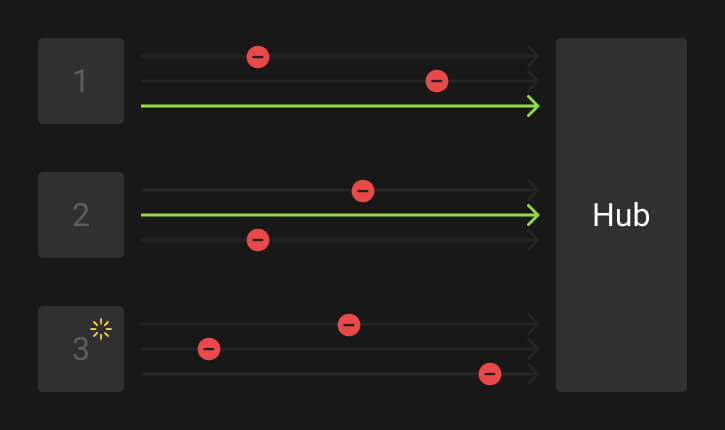
FHSS (Frequency-Hopping Spread Spectrum)
Anti-Jamming: works when meeting continuous interference from an intruder using signals within the same frequency range.
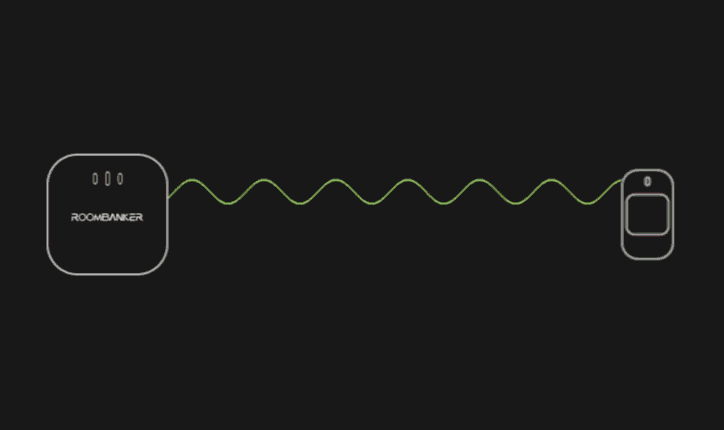
AES-CCM Encryption
The RBF protocol employs AES-CCM data encryption in conjunction with FHSS, rendering the intrusion attempts of attackers futile in terms of interference, signal interception, and replication.
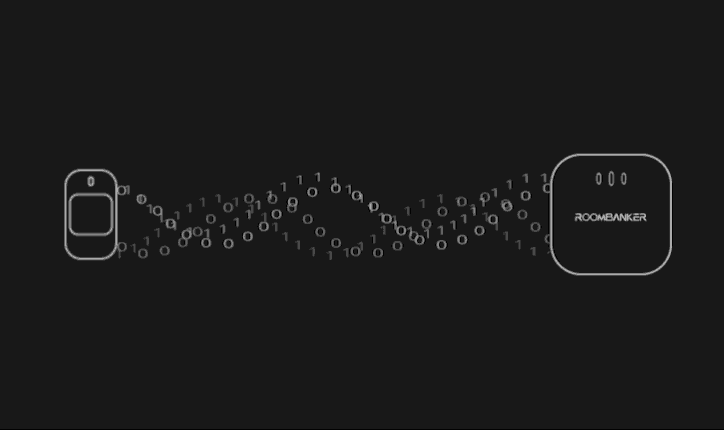
Low Power Consumption
All RBF devices have undergone CE/RED low-power certification tests, with standby power consumption below 2 uA. Just need two AA batteries for a standby lifespan of up to 2 years, significantly reducing maintenance frequency.

OTA Multicast
RBF devices support OTA firmware updates, which features fast transmission speeds and high throughput, allowing for simultaneous firmware transmission and updates across multiple devices.
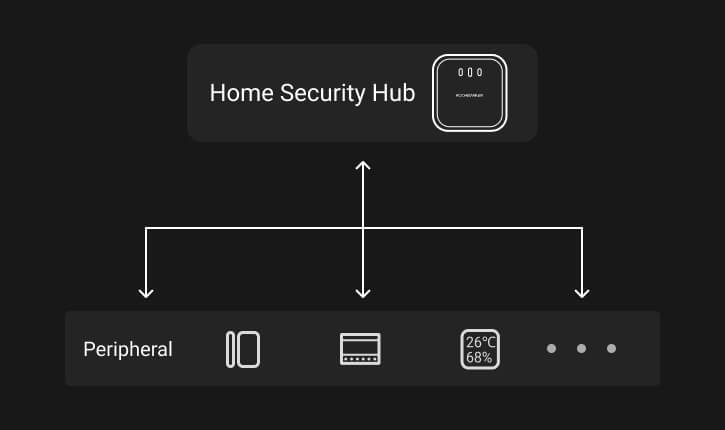
Multi-frequency-bands for High Regional Adaptability
Currently, there are three frequency band options for RBF protocol: 915/868/433 MHz. These options cover over 90% of countries and regions worldwide, making it suitable for global distribution.
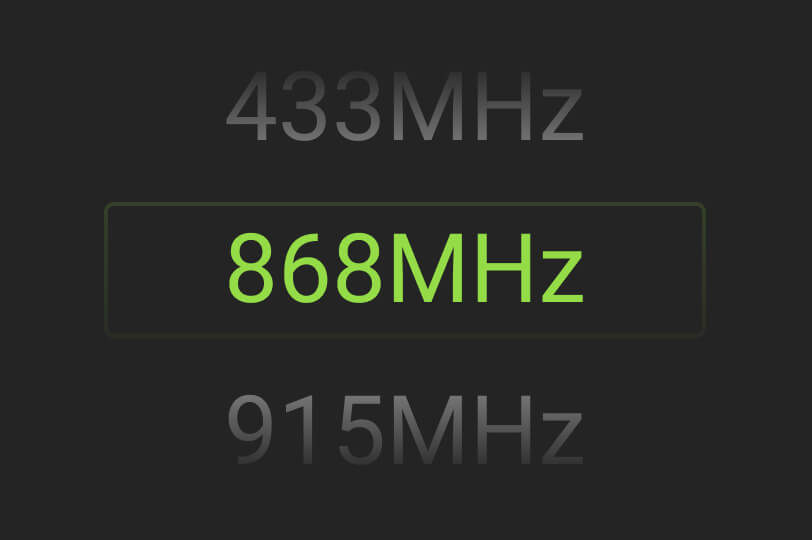
RBF Protocol Architecture
With the SDK interface, you can quickly add RFM, ensuring the normal operation of subsequent data interaction and functions.

The RFM assesses channel status via signal strength, sending data packets when idle, backing off during busyness, and canceling operations upon timeout.

Once RFM sends a message, it opens a short receiving time window. The Hub must respond or issue commands within this period.

The Hub actively sends control information for point-to-point two-way communication with the RFM.

The synchronous broadcast function allows all devices to receive commands and data simultaneously, boosting system transmission efficiency.


